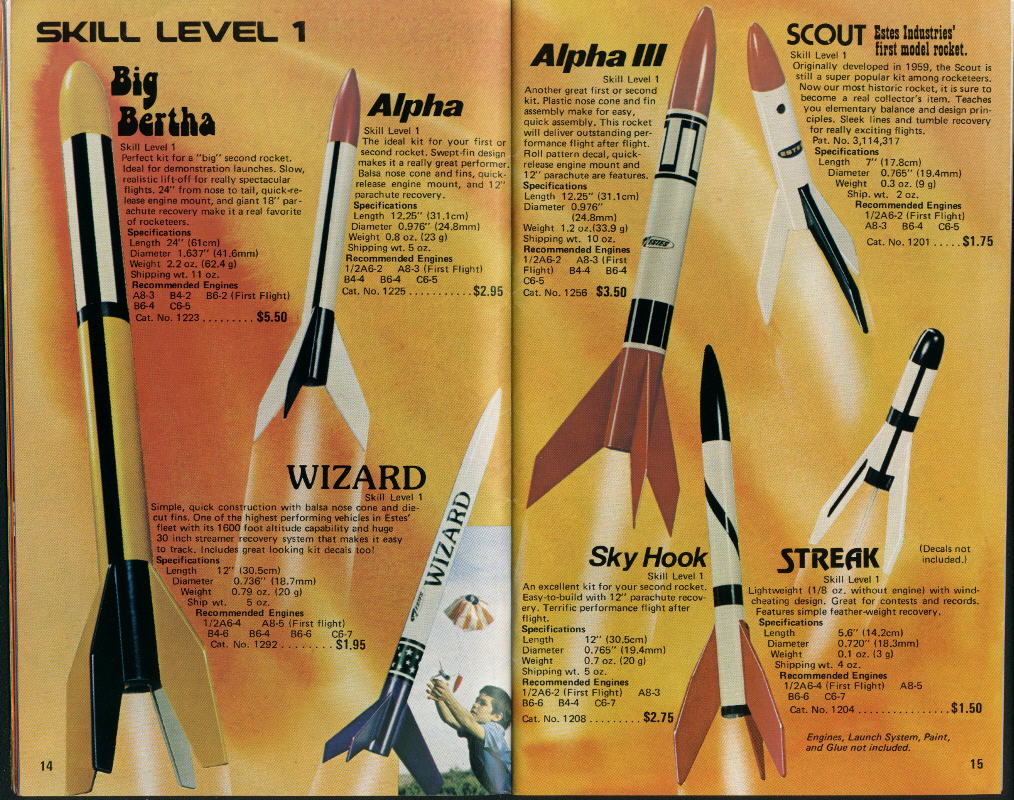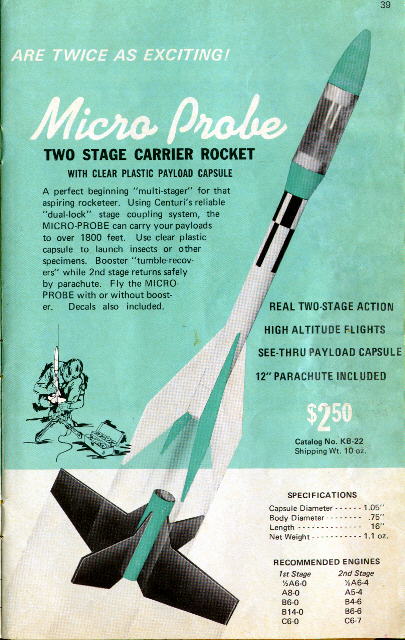Weather this month has positively sucked - bitterly cold and marked by freezing precipitation. This past week saw a major snow event; Huntsville received 8 inches of snow in a single day! Fortunately, the snow did not last long, but the lack of sunshine this month has put me into a kind of funk. I'm not in the mood to do much of anything besides sleep and go to work. However, there was some sun today, which provided an impetus to do a little in the way of rocket construction.
 |
From left: Beulah, Big Bertha, and a clone of the Canaroc Green Hornet,
seriously in need of sanding and a second primer coat. In front of the
rockets are some of the parts to a Centuri Micro-Probe clone.
|
Big Bertha and Beulah are built, and the filling of the fins has started on Bertha. As you can see from the image, Beulah looks a lot like her sister, except that she is a little taller with a payload section for altimeters and such. She also features interchangeable motor mounts (same setup as found in the Centuri RX-16), which enables flights on single or dual 18 mm motors, or a single 24 mm if I am in the mood to send her really flying. To make prepping easier, I installed a baffle, eliminating the need for parachute wadding. Now all I have to do is decide on a decal/paint scheme - anyone got a suggestion? Should be appropriate for the rocket's name - what would a Beulah look like?
The Big Bertha is an original kit from the late 1970's. I even used the balsa "die-crushed" fins, which were in surprisingly good shape after 40 years. She will probably receive the standard yellow and black decor of that decade.
 |
| Page from 1979 Estes catalog showing Big Bertha paint scheme. |
I have also started work on the clone of the Centuri Micro-Probe. A 2 stager in the classic Centuri style, this little rocket last made an appearance in the 1971 catalog. Never had one as a kid, but Semroc parts make it fairly easy to replicate, even with the unusual diameter of the clear payload tube. Today, I cut the body tubes and the payload section to the appropriate lengths and the booster fins have been assembled and are drying. Hopefully tomorrow evening will see the rocket assembled and ready for fin fillets.
 |
| Micro-Probe featured in the 1969 Centuri catalog. |
Assuming we don't get any more stupid snow.










